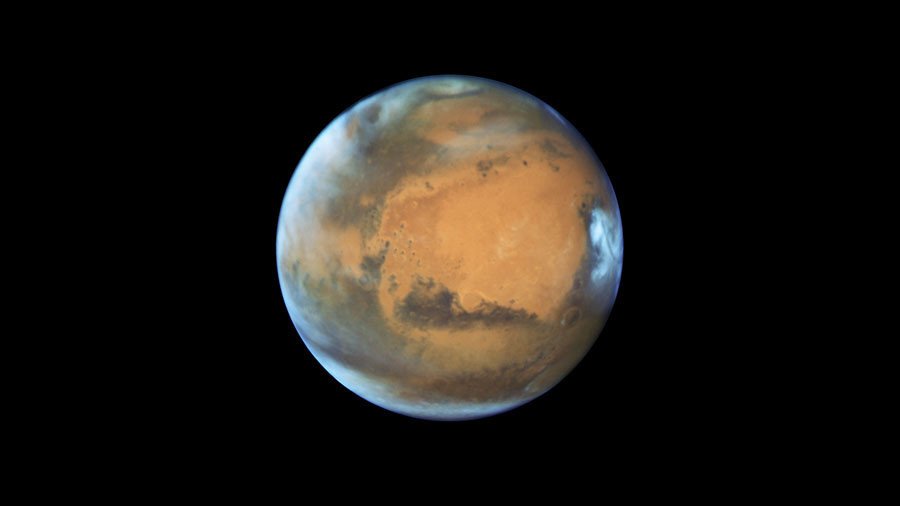NASA funds plans to put robot bees on Mars

NASA is funding the development of a swarm of robotic insects which it hopes to send to Mars on a mission to explore inaccessible nooks and crevices on the Red Planet.
READ MORE: ‘Marsquakes’: NASA to probe seismic activity on Red Planet (VIDEO)
The space agency says the machines, known as Marsbees, will be around the size of a bumblebee but have huge cicada-sized wings that will allow them to hover in the planet’s ultra-thin atmosphere. Proposed by a team from the University of Alabama (UA), the robo-bees will come fitted with sensors and wireless devices for mapping and scanning for signs of life.
It is hoped that Marsbees will replace rovers as primary vehicles for exploration and lead to the more detailed and extensive studies of Mars. While rovers currently operate on the surface of the planet, they move incredibly slowly. The Mars Curiosity Rover has moved just over 11 miles since landing on the planet’s surface in 2012. Under the Marsbees plan, a rover would only be necessary as a charging point for the robots.
NASA releases SPECTACULAR image of majestic Crab Nebula in the constellation of Taurus https://t.co/0prbualt0K
— RT (@RT_com) March 19, 2018
“From a systems engineering perspective, the Marsbee offers many benefits over traditional aerospace systems,” Dr Chang-kwon Kang said in a statement. “The smaller volume, designed for the interplanetary spacecraft payload configuration, provides much more flexibility. Also, the Marsbee inherently offers more robustness to individual system failures.”

The project is currently in its first phase, with scientists focusing on wing design, motion and weight that can hover in the Martian atmosphere. For this, the team will test the aerodynamic performance of the machines in a vacuum chamber with the air density reduced to 100 times lighter than Earth. “Maneuverability, wind gust rejection, take-off/landing, power implications, remote sensing, and mission optimization will be addressed in Phase II,” Kang said.
READ MORE: ‘Ghost in motion’: NASA shares animation of Jupiter storm caught by Juno probe
NASA hopes the Marsbees can be put into action before its first manned mission to Mars in the 2030s. The agency is funding the plan as part of a broader development initiative for 25 projects “that have the potential to transform future human and robotic exploration.” The NASA Innovative Advanced Concepts (NIAC) scheme includes projects in asteroid detection and mapping debris in low-Earth orbit.
Think your friends would be interested? Share this story!














